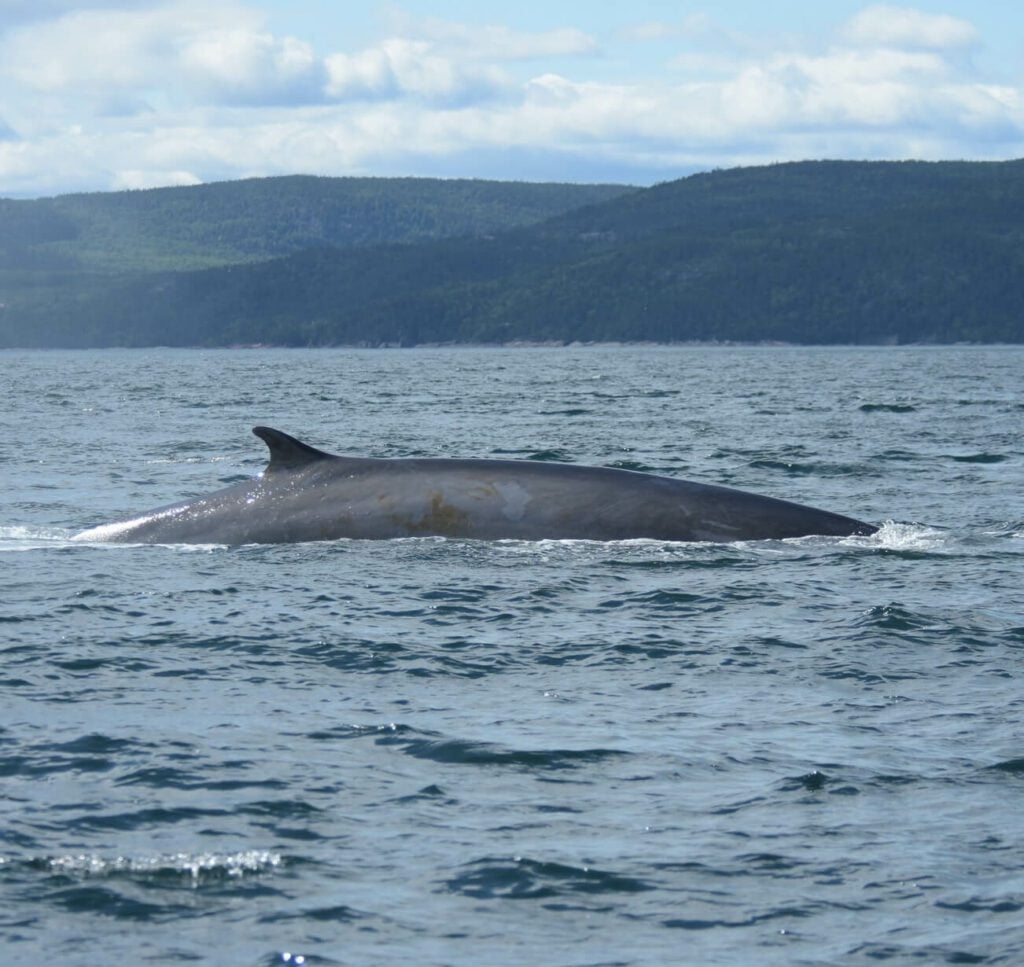Hybridization usually happens as part of the evolution process and is also caused by the need of species to survive. But did you know that the two largest animals in the world can interbreed successfully?
Interestingly enough, the two largest whales, the blue whale, and the fin whale, can interbreed. The results of hybrid whales were discovered in the 1990s, and they are said to survive into adulthood.
The Blue Whale
The Balaenoptera musculus, commonly known as the Blue Whale, is the largest animal on the planet. The whale can grow as heavy as 200 tons, almost equivalent to 33 elephants. This massive mammal has a heart the size of a Volkswagen Beetle, and its stomach can hold a ton of krill. The whale consumes about four tons of krill each day.
The blue whale is also the loudest animal on earth. Their calls can reach up to 188 decibels, which is louder than a jet engine which only reaches 140 decibels. Other blue whales can hear their low-frequency calls for hundreds of miles. These whales generally live up to 80 to 90 years. (Source: World Wild Life)
Blue whales have long and slender bodies. They are often in a blue-gray color but appear light blue when they are in the water. They travel in small groups but are usually found alone or in pairs. The blue whale is considered endangered under the Endangered Species Act and protected by the Marine Mammal Protection Act. There are only about 10,000 to 25,000 whales alive globally.
Blue whales are typically found in all oceans except the Arctic and migrate between summer feeding grounds and winter breeding waters. (Source: NOAA)
The Fin Whale
The Balaenoptera physalus, more commonly known as the Fin whale, is the blue whale’s near cousin. It is the second-largest mammal next to the blue whale, growing as heavy as 80 tons. It gets its name due to its unique feature as it has a fin on its back, near its tail.
Fin whales have sleek, streamlined bodies with V-shaped heads, tall, hooked dorsal fins about two-thirds of the way back of its body near its tail. These whales are black or dark brownish-gray on the back and sides but are commonly white on the underside. What is interesting is that the coloration on its head is asymmetrical. Fin whales generally have a dark-colored lower left jaw while the lower right jaw is white.
Fin whales usually travel in groups of two to seven. They also feed whales like humpbacks, minkes, and Atlantic white-sided dolphins. Like their larger cousin, fin whales are also listed as endangered under the Endangered Species Act but are no longer threatened by whale hunting. (Source: NOAA)
The Blue-Fin Hybrid
In 1984, scientists discovered that the blue whale and the fin whale successfully interbred, producing a blue-fin hybrid. The whale was found off the coast of Spain and was roughly four years old. Its body proportions and coloration showed a mix of the two whales, and upon DNA analysis, the whale’s mother was a blue whale while its father was a fin whale.
As scientists continue to study this phenomenon, they discover that the hybrid whales are fertile instead of previous observations that hybrid animals are generally sterile. Scientists also noticed a recurring trend as they studied the eight hybrids discovered. Seven of the hybrids were a cross between a male fin whale and a female blue whale.
Scientists hypothesized that the reason for this is that female blue whales face a significant challenge in finding a mate within their species simply because of the small population. It then would settle for a fin whale as a mate. (Source: Old Salt Blog)
